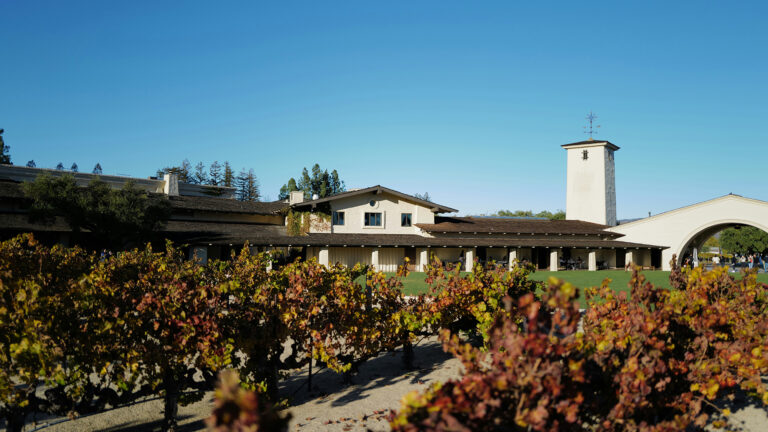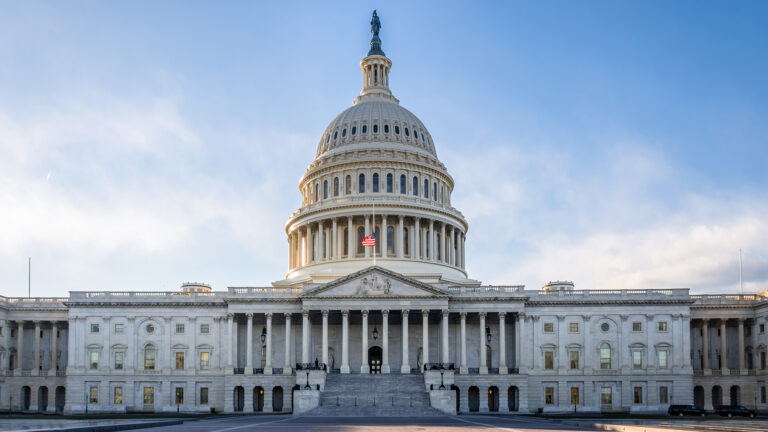by Christine Giordano
Wolfson tripled the size of his fund, and brought it to 100% funded while using a relatively low-risk approach that wrought 9.1% net returns annualized over the past 5 years. Now he’s mulling AI.
He was recently awarded the Strategy Award in Los Angeles by Markets Group.
You’ve tripled the assets in your fund, gone to 100% funded status, and achieved top decile returns. What are some of the strategies you’ve employed to get there? And what’s your investment philosophy?
Over the past 20 years as CIO, my investment team has maintained a consistent and disciplined approach to portfolio construction, managing risk, thinking outside the box seeking low correlated investment strategies, and understanding our exposures to better manage downside risk. This has allowed us to triple our assets and achieve approximately full funding over that period of time. Some strategies include:
- Optimizing our asset allocation to balance risk and return. We conducted extensive analysis to determine the right mix of equities, fixed income, alternatives and cash for our plan’s specific needs and goals.
- Emphasizing low-cost, passive index funds where appropriate, for our core portfolio to keep expenses down and match market returns. We complement this with select active managers who have demonstrated skill in generating alpha.
- Increasing our allocation to private markets and alternatives to capture the illiquidity premium in select markets providing diversification. This includes private equity, real estate, private credit and hedge funds.
- Maintaining a long-term perspective and staying disciplined with our strategy, even during short-term market volatility. We rebalance the portfolio as needed to maintain our target allocations, focused on our long-term strategic asset allocation.
Our overall investment philosophy is grounded in the principles of diversification, cost-efficiency, and capturing risk premia across public and private markets. We believe this approach positions us to meet our return objectives while managing downside risk.
How are you incorporating AI into your investment office and/or portfolio?
We are in the early stages of beta testing AI technology to develop use cases that we are hopeful will not only streamline our internal investment process, but also allow us to focus our limited resources on identifying the best investment ideas, and automating more routine back-office and reporting functions. We believe this will result in better idea generation, portfolio construction, risk management, and ultimately increased alpha generation. The following are a few examples:
- Enhancing our risk management by using AI to analyze massive datasets and identify emerging risks in our portfolio.
- Utilizing AI-driven pattern recognition to identify market trends and develop new insights and investment opportunities.
- Massively reduce the amount of time to conduct due diligence on private market opportunities that require extensive research and documentation review. We’re hopeful this could significantly increase our deal-flow and ultimately lead to better execution within our private market portfolios.
- Automating manual processes through AI, freeing up our team to focus on higher-value work.
We believe AI will be transformative in investing and we are committed to being on the leading edge of this trend, but taking our time to investigate the best way to implement the new technology.
How do you invest differently now that you’re 100% funded?
Now that we are essentially fully funded, our investment approach has evolved in a few key ways:
- We are conducting an asset/liability and an asset/allocation study this year. We expect the model to marginally reduced risk in the portfolio as we do not need to “stretch” for returns. This may include a slight decrease in our equity exposure and slight increase in fixed income, while continuing to seek income producing strategies and lower correlated/complimentary mandates.
- We continue to focus on downside protection while ensuring we still capture enough upside to outperform our policy benchmark over time and achieve our actuarial goals.
- We are exploring new asset classes and strategies that have low correlations to our existing exposures to further diversify the portfolio.
- You’ve built your alts platform from scratch, what was key to get right? What alts do you see as having the best outlook for the next year? Next 5 years?
We had the opportunity to develop our entire alternative investment program from scratch over the past 20 years. That gave us ample opportunities to deploy the capital and pace our investments consistently, and across multiple cycles and market environments. Given our low payout ratio and limited liquidity pressure, we’ve been in a great position to identify private market strategies specific to each vintage year that have produced excellent net-of-fee, risk adjusted returns, even with a young portfolio that still runs just north of a 0.5x DPI. Some of the keys to successfully building our alts platform from scratch were:
- Hiring a dedicated, experienced investment team and giving them sufficient resources and a great sandbox to be creative within our Board’s investment policy.
- Taking the time to thoroughly educate our board and stakeholders on the role of alternatives and build buy-in.
- Starting small and simple, then gradually expanding our exposure and increasing complexity as we built comfort.
- Developing a robust process for manager selection, due diligence and monitoring.
- Negotiating favorable fees and terms and pushing for strong alignment of interests.
- Being consistently engaged investors, building long-term strategic partnerships with high conviction GPs.
- Participating on many LPACs across our GPs.
In terms of outlook, we are cautiously optimistic on private equity, private credit and hedge funds over the next 1-5 years. We believe these asset classes are well-positioned to benefit from long-term secular mega trends around digitization, decarbonization, the energy transition, etc. We also continue to seek opportunities that can take advantage of market dislocations that we are all observing in the current environment.
What’s your advice to new CIOs who are just starting out in this new economy?
Umm… good luck? Just kidding. I enjoy challenging environments because I believe they produce very interesting long-term opportunities, if you can find them. Some advice for new CIOs:
- Invest heavily in relationships and communication. Building trust with your board, staff and stakeholders is critical.
- Focus on governance and get your investment policy right. This is the foundation everything else rests on.
- Be intentional about culture and talent. Attracting, motivating and retaining a high-performing team is essential.
- Embrace a learning mindset. The investment landscape is constantly evolving and intellectual curiosity is a key success factor.
- Stay grounded in your institution’s mission. At the end of the day, everything we do is in service of securing the retirement benefits of our hard-working members.
Are you watching anything particularly closely?
A few things we are watching particularly closely:
- Inflation and the path of interest rate hikes. This has major implications for all asset classes.
- Recession risks and the potential for an equity bear market.
- Geopolitical tensions, particularly between the US and China, and across the globe. We are thinking through how to build a resilient portfolio in an increasingly fractured world.
- Disruptive technologies like AI, blockchain and quantum computing and their impact on the economy and financial markets.
In the spirit of continuing to build our investment community, what would you enjoy discussing with other allocators?
It’s very important that we don’t work in a vacuum. All of our peers are dealing with very similar issues and challenges. I always enjoy comparing notes with other allocators on how they are navigating those challenges and opportunities in today’s investment environment. A few topics that are top of mind:
- Creative approaches to generating returns in a low expected return world.
- Best practices in risk management and stress testing.
- Lessons learned from past market dislocations and how to ensure resilience for the future.
I find the exchange of ideas with thoughtful peers to be energizing and incredibly valuable. It’s one of my favorite parts of the job.












